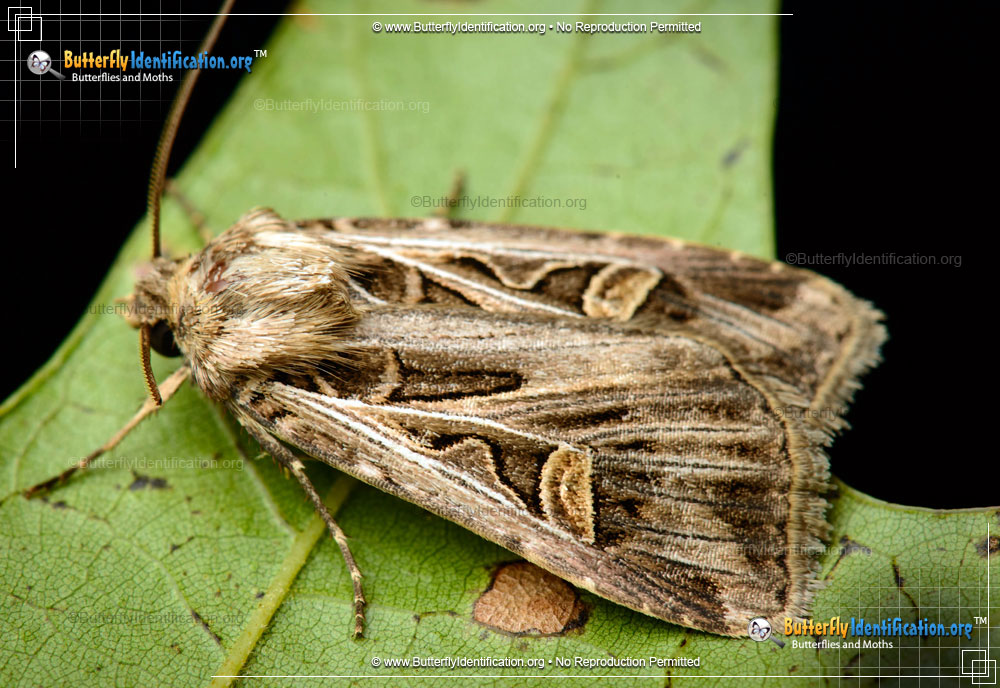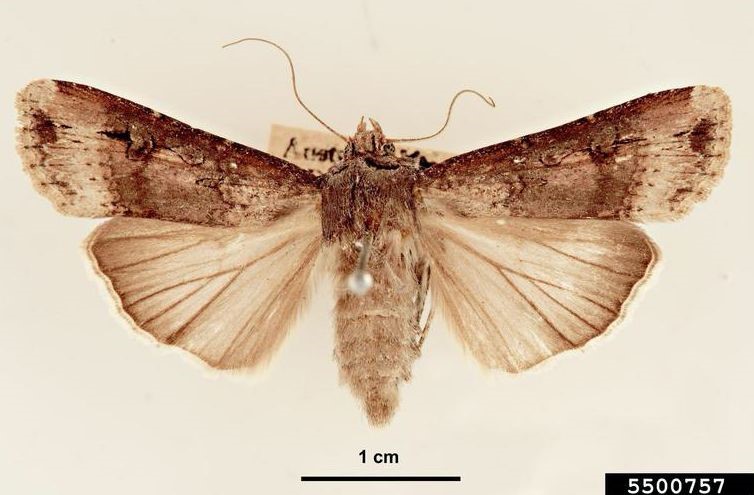
The high-resolution gas chromatography combined with mass spectrometry (GC-MS) analysis showed the presence of Cis-7-dodecenyl acetate (Z7-12:Ac, A), Cis-9-tetradecenyl acetate (Z9-14:Ac, B), Cis-11-hexadecenyl acetate (Z11-16:Ac, C), Cis-8-dodecenyl acetate (Z8-12:Ac, E) and Cis-5-decenyl acetate (Z5-10:Ac, D) in biologically active pheromone gland extracts. Chemical analysis of pheromone gland extracts of 3-day-old females showed that individual isolated glands contained only very small amounts of pheromone. The authors also explore such topics as evolution, life cycles, methods of communication, and links to humans.Ī feast of remarkable facts and details, The Lives of Moths will appeal to insect lovers everywhere.The sex pheromone blend of a China strain of the black cutworm moth Agrotis ypsilon (Rottemberg) (Lepidoptera: Noctuidae) was investigated.

The authors show that moths and their larvae are the main food source for thousands of animal species, interacting with other insect, plant, and vertebrate communities in ecosystems around the world, from tropical forests and alpine meadows to deserts and wetlands. From the tiniest leaf miners to exotic hawk moths two hundred to three hundred times larger, these creatures are pollinators of flowers, including many that bloom at night or in twilight. Moths evolved long before butterflies, and their importance cannot be overestimated. While butterflies may get more press than moths, Andrei Sourakov and Rachel Warren Chadd reveal that the lopsided attention is unjust. Filled with striking images, The Lives of Moths looks at the remarkable world of these amazing and beautiful creatures. Moths are among the most underappreciated insects on the planet, yet they make up the majority of some 180,000 known species of Lepidoptera.

A richly illustrated look at the natural history of moths


 0 kommentar(er)
0 kommentar(er)
